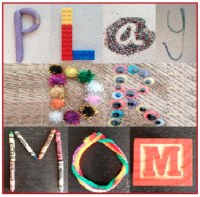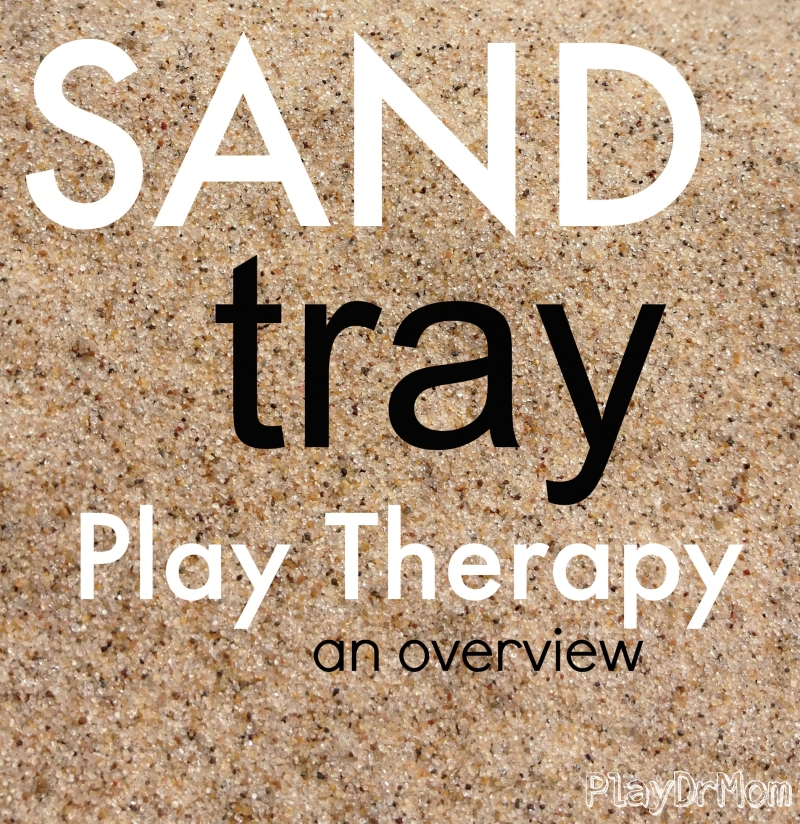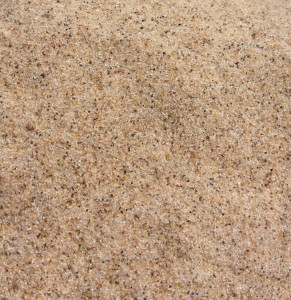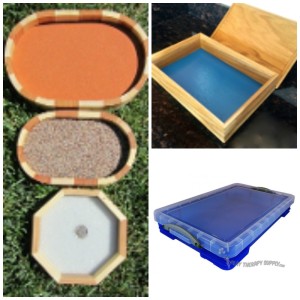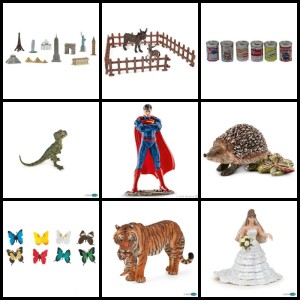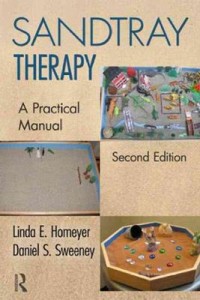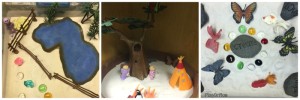Sandtray Play Therapy: an overview
If you haven’t heard of sandtray therapy, you’re in for a treat. If you’ve heard of it, but haven’t tried it out this may give you that push to go for it. And, if you use sandtray … well, you already know its magic.
Sandtray Play Therapy is a therapeutic technique that utilizes the sensory medium of sand and miniatures to process thoughts and feelings to promote emotional healing.
Just as clients can use toys in play therapy as a way to communicate, clients (of any age) use miniature figures in the sand to articulate their thoughts and feelings from the past and present. Using this medium clients who don’t have the vocabulary, or struggle with finding words for what they are experiencing, can express themselves in another way. In the same vein, sandtray therapy can be perfect for resistant clients or those who are stuck in their treatment. It’s much easier to “put it out in the sand” than to talk about it; it feels safer because it’s external, has natural boundaries and limits, and it’s something the client can control. Furthermore, sand has a very unique, kinesthetic quality which is therapeutic in itself.
Margaret Lowenfeld first developed the therapeutic use of sandtray and miniatures in the 1920s. She would ask her clients to create “world pictures” in the sand. The technique came to be known as the “Lowenfeld World Technique”. Sandtray was then expanded and popularized by Dora Kalff (a Swiss Jungian analyst). Her Jungian approach to the therapeutic use of sand is called sandplay. (Homeyer & Sweeney, 2011)
Materials used in sandtray play therapy…
SAND! Most therapists use play sand. Toys R Us carries good sand, whereas sand from Home Depot or Lowe’s tends to be grittier with some rocks (better for outside sandboxes). However, the type and quality of the sand does vary from store to store/region to region. You can use beach sand, but it is recommended to wash and then bake it to get rid of any containments.
There are also some companies that market sand specifically for sandtray therapy. They come in different textures and hues, but tend to be much pricier. Jurassic Sands is one of those companies.
SANDTRAYS The sandtray is not only the container for the sand – it is also the container for the work that the client is doing. A ‘”standard” tray is 30 X 20 inches, and 3 inches deep. The inside walls and bottom are painted blue to represent water and sky. The sand should only fill half the depth of the tray. The tray should be waterproof.
That being said, I use “non-standard” trays – plastic storage bins with lids that I got at Meijer. Cheaper, stackable, and easy to store. You can also use disposable aluminum containers.
Other shaped (square, round, oval, octagonal) can also be used. The bottom tray that is commonly placed under potted plants works great for an inexpensive round tray. Just try to keep in mind whatever shape or material the tray is, it should never be too small (constrictive) or too large (overwhelming) for use in therapy.
The tray should be placed on a flat surface (table height is most recommended, although I use the floor most often when working with children). There should also be several inches of available surface around the tray, as some clients use this space as well.
It is generally recommended to have 2 trays available – one wet and one dry. Wet and dry sand are different tactically and can serve different purposes in creating trays. Water is frequently used/added during sandtray play therapy.
MINIATURES Think of the miniatures as the vocabulary for the work. You want clients to have a diverse vocabulary for the sandtray, so collections should be deliberate and varied. Include things YOU love and hate. Literature suggests at least 300 miniatures should be available. You can purchase miniatures in a wide variety of places! The Self-Esteem shop has a great selection, and you can also find them in toy aisles, dollar stores, pet/fish stores, and cake/bakery supply shops.
Miniatures do not need to be to scale. In fact, this sometimes helps tell their story. They should include items the represent your client’s world … family groups (human & animal), vegetation that reflects the region, and homes. A wonderful, extensive list of categories of miniatures is included in Homeyer & Sweeney’s text, which was the main resource for this post.
As a therapist the main goal is to FACILITATE, not direct, the sandtray process. You should be fully present as a witness to their journey.
When using sandtray, you can choose to be non-directive or directive. In the non-directive approach you would give minimal directions and simply ask them to create a world in the sand by taking any miniatures that “catch your eye”/”speak to you” and place them in the sand. They can use as many as they like and then tell you when they are finished. With kids you can say it’s like putting a movie on pause … or if someone snapped a picture of it in the middle.
With the directive approach you can ask them to focus on a specific issue, such as “Show me what it’s like to be a member of your family.”, “What’s life been like after the divorce?”, “Show me what your depression feels like?”, etc. Check out this post for 50 Free Sandtray Therapy Directives from the Southern Sandtray Institute.
If you’re interested in finding out more about how to incorporate sandtray into your play therapy practice, I highly recommend attending a training. You can search for play therapy trainings on the Association for Play Therapy’s website.
Laura Hutchison
Latest posts by Laura Hutchison (see all)
- Hacked By GeNErAL - August 21, 2015
- ABCs of Easy Crafts for Kids - August 14, 2015
- What is Learned through PLAY - August 12, 2015
- ABCs of Playground Parkbench - August 7, 2015
- ABCs of Encourage Play - July 31, 2015
